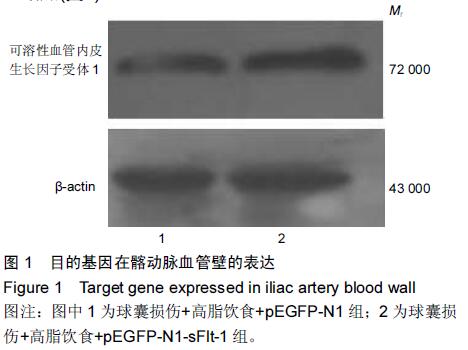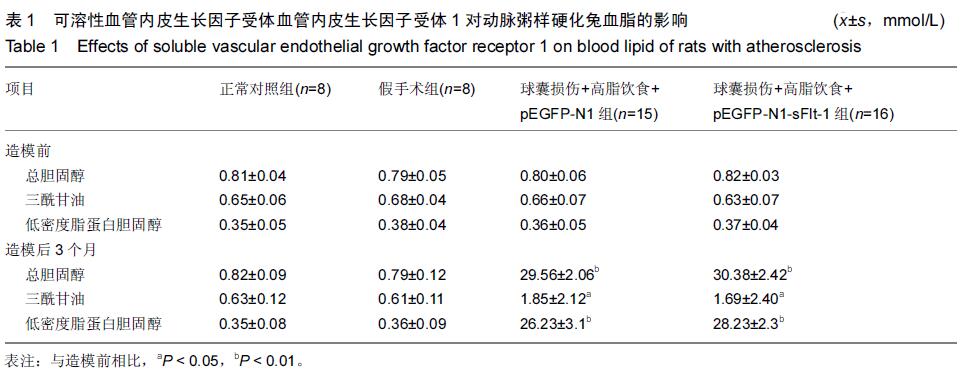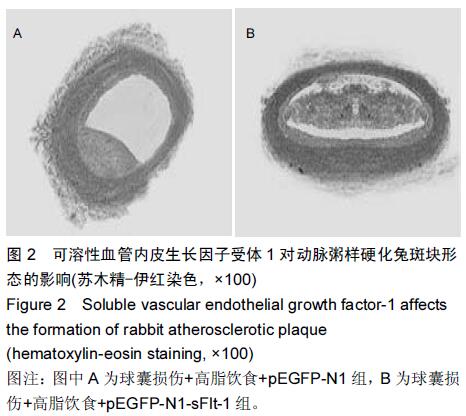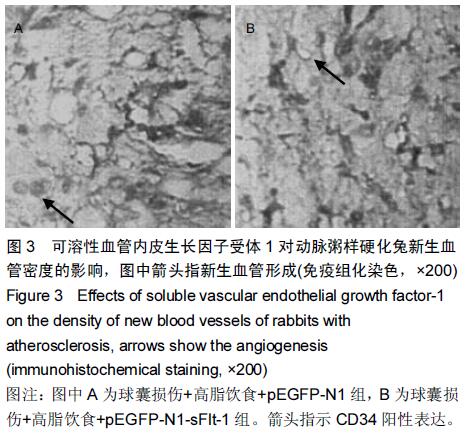| [1] Neufeld G, Cohen T, Gengrinovitch S, et al. Vascular endothelial growth factor (VEGF) and its receptors. FASEB J. 1999;13(1): 9-22. [2] Inoue M, Itoh H, Ueda M, et al. Vascular endothelial growth factor (VEGF) expression in human coronary atherosclerotic lesions: possible pathophysiological significance of VEGF in progression of atherosclerosis. Circulation. 1998;98(20):2108-2116. [3] Wolf M, Kettyle E, Sandler L, et al. Obesity and preeclampsia: the potential role of inflammation. Obstet Gynecol. 2001;98(5 Pt 1):757-762. [4] Zolota V, Gerokosta A, Melachrinou M, et al. Microvessel density, proliferating activity, p53 and bcl-2 expression in in situ ductal carcinoma of the breast. Anticancer Res. 1999;19(4B):3269-3274. [5] Celletti FL, Hilfiker PR, Ghafouri P, et al. Effect of human recombinant vascular endothelial growth factor165 on progression of atherosclerotic plaque. J Am Coll Cardiol. 2001;37(8):2126-2130. [6] Skålén K, Gustafsson M, Rydberg EK, et al. Subendothelial retention of atherogenic lipoproteins in early atherosclerosis. Nature. 2002;417(6890):750-754. [7] Hoefer IE, Timmers L, Piek JJ. Growth factor therapy in atherosclerotic disease-friend or foe. Curr Pharm Des. 2007;13(17):1803-1810. [8] 苏航,王蒨,米宏志,等.99Tcm-3PEG4-RGD用于家兔易损斑块分子显像[J].中国医学影像技术,2014,30(6):813-817. [9] 刘俊田.动脉粥样硬化发病的炎症机制的研究进展[J].西安交通大学学报(医学版).2015,36(2):141-152. [10] Di Marco GS, Kentrup D, Reuter S, et al. Soluble Flt-1 links microvascular disease with heart failure in CKD. Basic Res Cardiol. 2015;110(3):30. [11] Youssry I, Makar S, Fawzy R, et al. Novel marker for the detection of sickle cell nephropathy: soluble FMS-like tyrosine kinase-1 (sFLT-1). Pediatr Nephrol. 2015. in press. [12] Zhu H, Li Z, Mao S, et al. Antitumor effect of sFlt-1 gene therapy system mediated by Bifidobacterium Infantis on Lewis lung cancer in mice. Cancer Gene Ther. 2011;18(12):884-896. [13] Hagmann H, Bossung V, Belaidi AA, et al. Low-molecular weight heparin increases circulating sFlt-1 levels and enhances urinary elimination. PLoS One. 2014;9(1):e85258. [14] Zhai YL, Zhu L, Shi SF, et al. Elevated soluble VEGF receptor sFlt-1 correlates with endothelial injury in IgA nephropathy. PLoS One. 2014;9(7):e101779. [15] Shibuya M. VEGF-VEGFR System as a Target for Suppressing Inflammation and other Diseases. Endocr Metab Immune Disord Drug Targets. 2015;15(2):135-144. [16] Moulton KS, Heller E, Konerding MA, et al. Angiogenesis inhibitors endostatin or TNP-470 reduce intimal neovascularization and plaque growth in apolipoprotein E-deficient mice. Circulation. 1999;99(13):1726-1732. [17] Wahl ML, Kenan DJ, Gonzalez-Gronow M, et al. Angiostatin's molecular mechanism: aspects of specificity and regulation elucidated. J Cell Biochem. 2005;96(2):242-261. [18] Kolodgie FD, Gold HK, Burke AP, et al. Intraplaque hemorrhage and progression of coronary atheroma. N Engl J Med. 2003;349(24):2316-2325. |
.jpg)





.jpg)